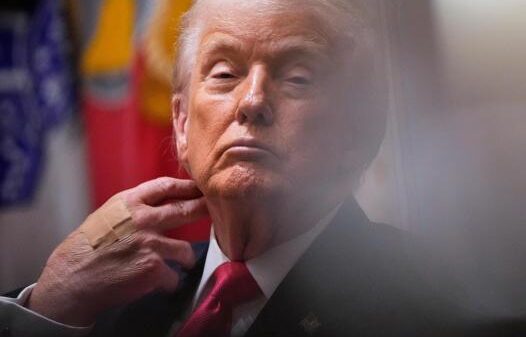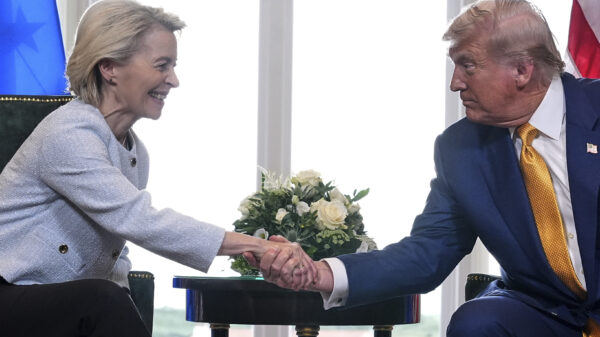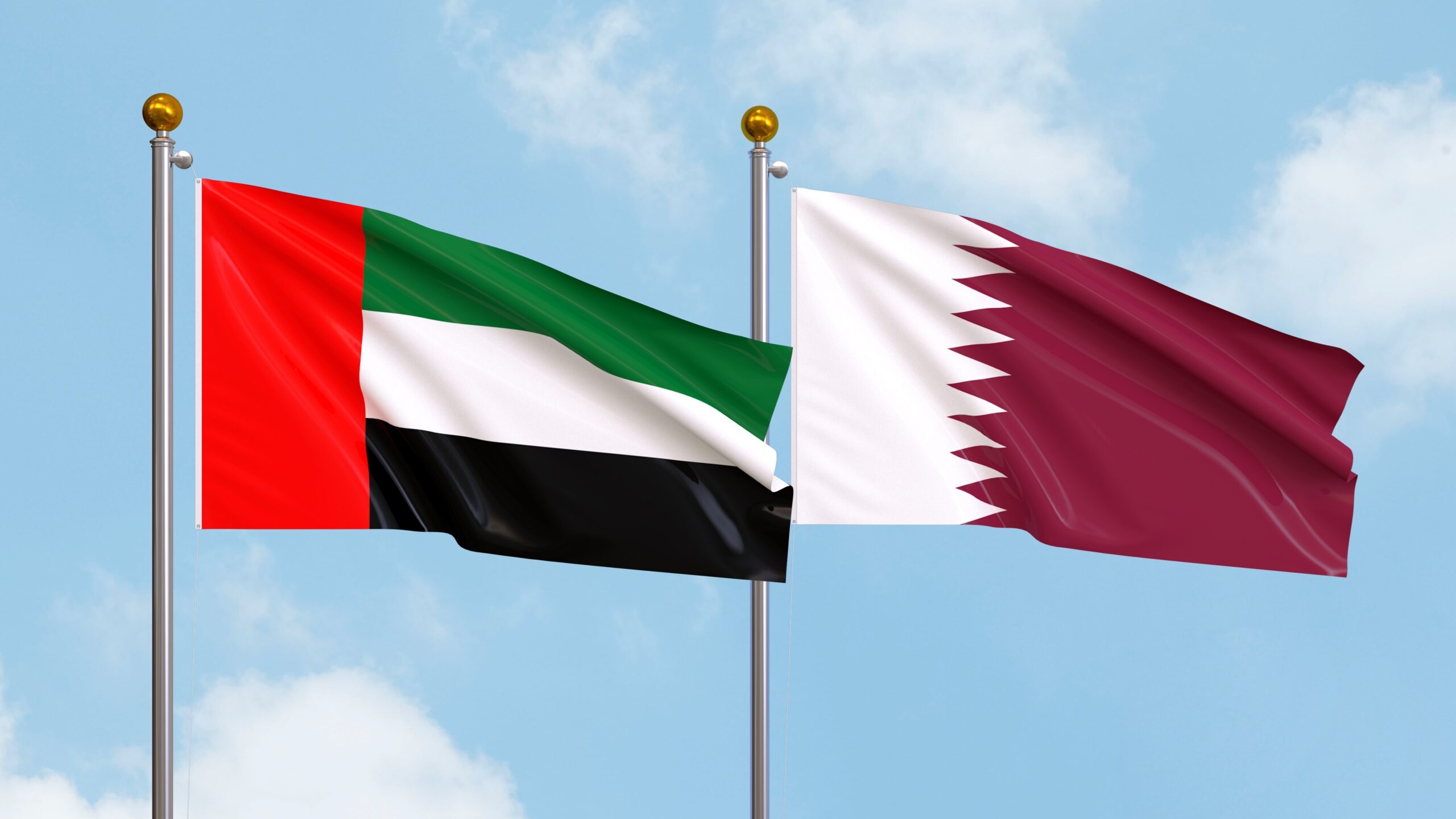In her newly released book, “Qatar and the United Arab Emirates: Diverging Paths to Regional and Global Power,” author Emma Soubrier examines the contrasting trajectories of these two influential Gulf states. The publication offers a comprehensive analysis of how differing foreign and security policies have propelled both nations to significant positions of power within the Middle East and on the global stage.
Soubrier’s work delves into the historical contexts that shaped the foreign strategies of both countries. While Qatar has pursued a foreign policy characterized by diplomacy and soft power initiatives, the United Arab Emirates (UAE) has frequently favored a more assertive and militaristic approach. This divergence has not only defined their regional interactions but has also influenced their relationships with major global powers.
Key Themes and Insights
The book highlights various case studies that illustrate the implications of these different strategies. For instance, Qatar’s hosting of international forums and its support for various media outlets have enhanced its global visibility. In contrast, the UAE’s military engagements, particularly in Yemen, underscore its willingness to exert force in pursuit of national interests.
Soubrier emphasizes that these approaches have not only shaped their bilateral relations but have also positioned both nations as critical players in ongoing geopolitical dynamics. The author provides detailed accounts of how these policies have altered alliances and created new partnerships in the region.
Another critical aspect discussed is the impact of economic diversification. Both nations have made substantial investments in sectors beyond oil, with Qatar focusing on natural gas and the UAE advancing its technological and tourism sectors. This economic evolution has further solidified their roles as key economic hubs in the Middle East.
The Book’s Reception and Implications
Upon its launch, “Qatar and the United Arab Emirates: Diverging Paths to Regional and Global Power” has garnered attention from academics, policymakers, and business leaders alike. Experts laud the book for its in-depth research and insightful analysis. Dr. Fatima Al-Shaikh, a noted political analyst, remarked that Soubrier’s work provides essential perspectives on the complexities of Middle Eastern politics.
With the ongoing shifts in regional power dynamics, Soubrier’s timely exploration offers valuable insights into the future of Gulf cooperation and rivalry. As Qatar and the UAE continue to navigate their distinct paths, the implications of their strategies will undoubtedly resonate beyond the region, influencing global geopolitical landscapes.
In conclusion, Emma Soubrier’s book serves as a vital resource for understanding the intricate factors that have shaped the rise of Qatar and the UAE as influential powers. By dissecting their diverging paths, it sheds light on the broader implications for international relations and power structures in the Middle East and beyond.





































































